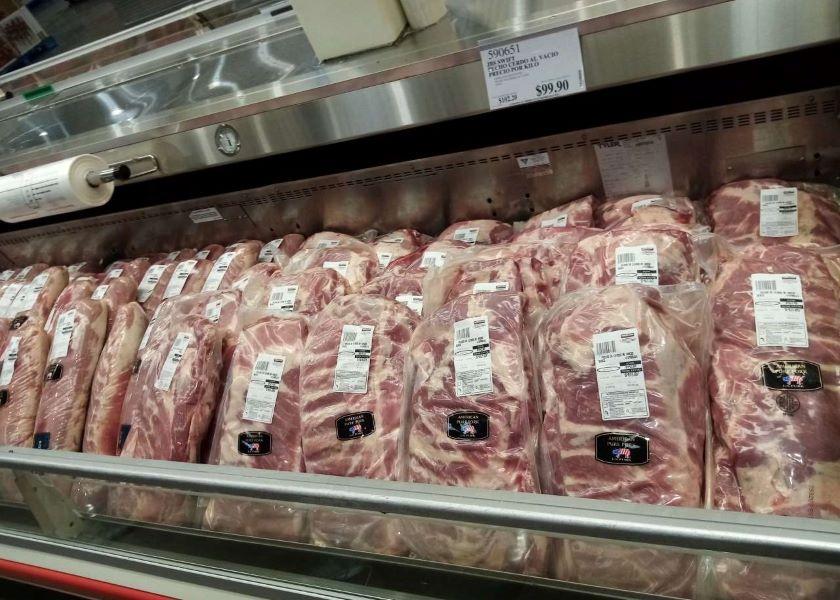New Funding Aims To Fuel Growth In U.S. Meat Markets Worldwide

The USDA recently announced it will make $1.3 million in funds available through the Commodity Credit Corporation for a Regional Agricultural Promotion Program, the U.S. Meat Export Federation reports, aiming to expand opportunities for U.S. ag products in international markets.
With the Agricultural Trade Promotion Program (ATP) ending after this year, Dan Halstrom, USMEF president and CEO, is encouraged by this new funding opportunity to continue creating additional value fo U.S. pork and beef producers.
“The fact that there's another opportunity here will allow USMEF and other cooperators and other parts of agriculture in the U.S. to maintain some of this momentum in the export markets,” Halstrom explains in a USMEF report.
Additionally, Halstrom says the additional funding could be helpful in emerging markets.
“The ATP, or the Agricultural Trade Promotion Program, allowed us to not only overcome some of the trade obstacles that we had at that time, but allowed us to go into some of the newer markets around the world and really establish a footprint,” he explains.
While ATP funding was used through a broad base of different markets, developing regions, such as Colombia, the Philippines and Africa, saw big changes.
“We went into Colombia, really helped up the momentum,” Halstrom explains in a recent AgriTalk conversation. “We had momentum in 2018 and 2019, especially on pork, but we went in with incremental funds on both beef and pork, and we saw dramatic increases in volume. So, we really expanded our programs, making a bigger impact in the wholesale market and bigger impact in the retail market in Colombia. That really turned out to be a home run.”
The African region has also seen progress, Halstrom adds, specifically with the variety meat market.
“Our beef variety meat numbers [in Africa] are up phenomenally year to date,” he explains. “We’re up about 60% in South Africa, the Ivory Coast and Devon, but I’ll be honest, that’s just the tip of the iceberg.”
Halstrom describes the area similarly to what Mexico was like in the 1980s. There’s signs of spending power and signs of increased demand.
While pork and beef variety meats are a strong start, he says there’s more to look forward to.
“It starts with things like pork and beef variety meats, but the real goal is to expand the muscle cuts and higher value items which we've seen, not big results but some smaller results in that area as well,” he explains.
Agricultural Trade and China
While agricultural promotion programs impact a number of markets, could current political positions be cause for concern in the Chinese market?
Halstrom believes on the agricultural trade side, the relationship is extremely positive.
“It's a very good working relationship because they have a demand. They are not self-sufficient, whether it be on the feed inputs, like corn and soybeans, or meat, and there's a desire to import,” Halstrom notes.
Additionally, Chinese consumers have increased demand for prepared meals that offer more convenience, which is an opportunity to increase the value of products.
“You're taking a commodity product and making a value-added, whether it's pork intestines on a bed of rice, or it could be a shoulder clod that’s thin sliced. There's so many different opportunities. When you can take price where price is not the primary concern, but quality and value and convenience is the primary concern—you’ve pretty much won that battle on price,” he says.
To continue this momentum, USMEF plans to host its strategic planning conference Nov. 8 through 10 in New Orlean, La., to discuss what’s happening in the world of beef, pork and lamb.







